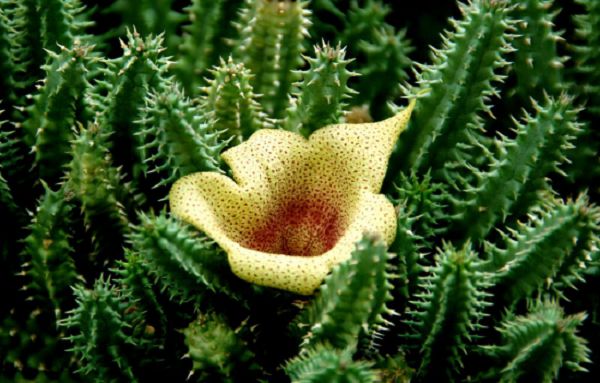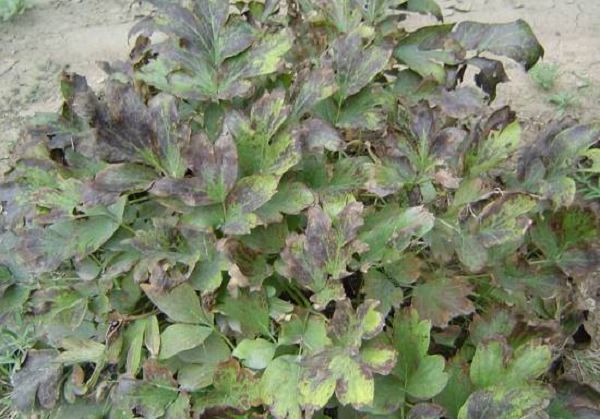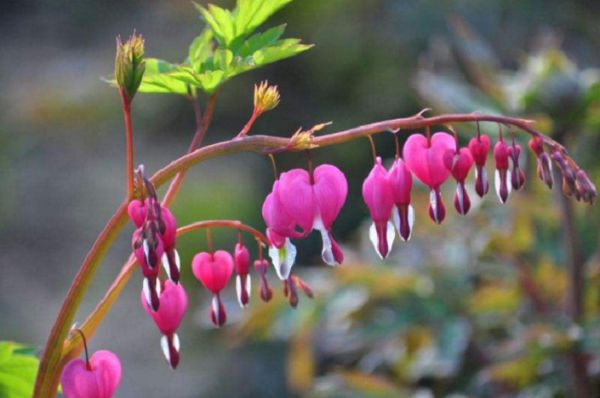
Terrestrial cacti are usually propagated by cutting or grafting.
Cutting propagation is the most commonly used way of family cultivation of terrestrial cactus, which is simple and easy, and the survival rate is very high. Summer is the best time, spring and autumn are also good. Cuttings should use older and solid stem nodes or spheres, too old not easy to root, too young and easy to rot. First cut off the cuttings with a sterilized knife, pay attention to keeping the mother plant intact when cutting, and apply a small amount of sulfur powder or charcoal powder on the incision for anticorrosion. Leave it in a semi-shady place to dry for several days, and then cut when the incision is dry and the cortex shrinks slightly inward. For those who cut and insert, the incision is easy to rot and cannot survive, but the cactus can be cut and inserted. Insert soil with two layers, above with sterilized pure sand about 2 cm thick, basin bottom with drainage aerated alkaline nutrient soil, so that cuttings take root, can absorb nutrients in the soil in time. Insert should not be deep, the base can be less into the sand. Place in the shade after insertion, watering should be less, make the soil less wet, see dry watering in the future, do not accumulate waterlogging. Tall cuttings can be fixed with side pillars to prevent them from tilting and shaking. It takes about 20 to 25 days for cactus to take root, and it takes 30 to 40 days for cactus mountain and cactus to take root slowly. It is expected to blossom 3 years after cuttage. Epiphytic cactus epiphyllum, lotus, crab claw orchid and other cutting propagation can also be carried out with reference to this method. After the cuttings survive, it will take 3 years to blossom, but if they are propagated by ramets, they can blossom the following year.
There are two grafting methods of cactus flowers: split grafting and flat grafting. Split grafting is suitable for epiphytic cactus flowers, and flat grafting is mostly used for terrestrial cactus ball flowers. Some white, yellow and red spheres with poor root development, slow growth or lack of nutrients produced by chlorophyll and a few precious varieties which are not easy to reproduce by other methods must be propagated by grafting. Grafting propagation can make the scion grow fast, save some excellent spheres which rot at the base, and model the plant artificially. In addition, the operation is not difficult, the survival rate is high, and it is easy to be mastered by beginners, so it has been widely used by family flower lovers in recent years.
Rootstocks usually use species with easy reproduction, slow growth, well-developed roots, few germinating seedlings and strong cold tolerance. At present, Tianchi is widely used as rootstock, because he has a strong affinity with most cactus, and then grows fast, has a positive color, and blossoms early. However, the meter is not cold-resistant, so it is appropriate to use short hair balls or flower balls (commonly known as grass balls) as rootstocks in the middle and lower reaches of the Yangtze River.
The rootstock and scion should be selected in the period of vigorous growth during the grafting period, and the best grafting is usually in the period of 25 ℃ ~ 30 ℃, that is, from May to June or September. At the same time, we should choose sunny weather, because it can make the incision dry quickly, which is beneficial to survival.
When grafting, first cut off the growing point of the rootstock, revealing the pith, because the growing point has been removed, the grafted rootstock will no longer increase. For this reason, a medium-sized flower bulb with a diameter of 5 cm and cultivated for 2-3 years should be used as a rootstock. Then cut the base of the scion horizontally, and then align the pith of the two, so that the cambium is close together and the survival rate is high. If the section of rootstock and scion is not smooth, it is not easy to heal and the survival rate is not high. Finally, with the string longitudinally together with the basin, it is bound and fixed from several aspects, the tightness is moderate, the small ball can be slightly loosened, and the big ball should be slightly tight. After binding, if it is found that the two sections are not in close contact, the weight can be pressed moderately above the scion. If there is an exposed part in the cut of the rootstock, do not touch the water. Sprinkle some sulfur powder, plant ash or weathered lime powder to prevent corrosion. After that, it can not be watered, it can be placed in a cool and ventilated place, after half a month, the binding line can be removed, be careful not to touch the scion to prevent falling off. After the stitches are removed, the bottom of the basin is placed in water and sucked until the topsoil in the basin is wet. Then put it in the semi-shade and wait until the scion has begun to grow before it can be transferred to the sun for maintenance. Usually in the case of high temperature, it begins to grow after a week, and the usual variety can grow about 4 cm in diameter within a year.
Related
- What if the leaves of potted flowers turn yellow?
- Florescence Control of several Flowers
- Anti-freezing technology and post-freezing nursing technology of flowers
- What is the classification of flowers? What are the common methods of flower classification?
- Prevention and control of alkali and acid damage of flowers in courtyard
- Technology of Anti-freezing and restoring growth of Flower seedlings in greenhouse and greenhouse
- How does flower fertilization not hurt the root? Fertilization technology of flowers
- Key points of disinfection in flower greenhouse
- Several pesticides that are banned or used cautiously in flowers
- How to fertilize the flowers that watch the leaves?



